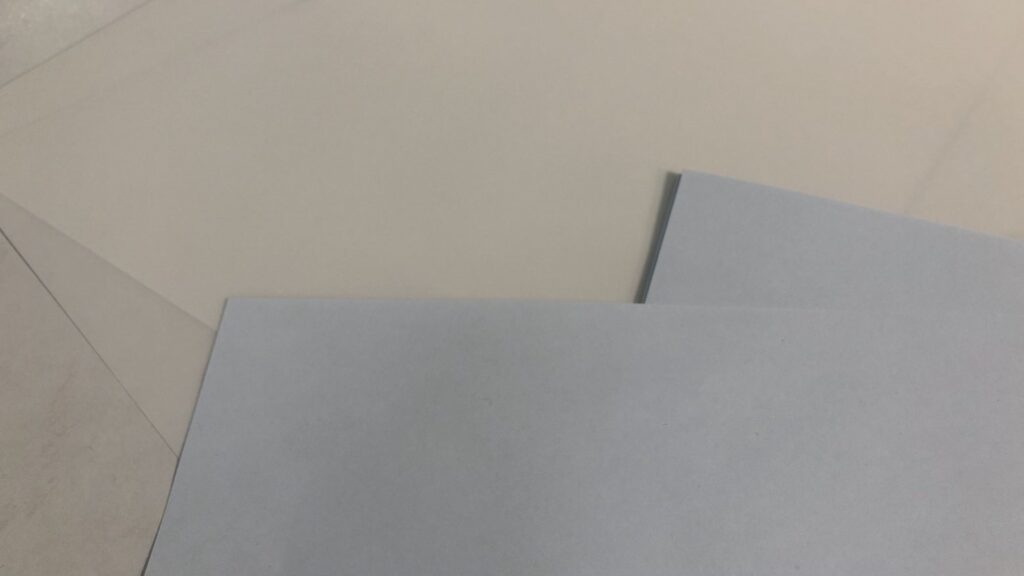Cold peel or hot peel transfers… there are two types of ways you can print on transfer paper. The transfer papers have different properties which affect how they are pressed. Essentially, both cold peel and hot peel can be used on garments. Nonetheless, when you press each paper, you’ll see they’re high quality and unique in look and feel. We’ll cover the reasons why throughout the blog, so that you can figure out what works for you!
When working with transfer paper, you need to know how to peel transfer paper once it has been pressed. Getting this wrong can affect the quality of the finished result. We highly recommend you don’t read between the lines…
What Are Hot Peel and Cold Peel Transfers?
Both types of heat transfer papers are named to specify WHEN to remove the transfer paper off the garment. Cold peel is susceptible to burns if exposed to high temperatures. However, hot peel transfers are prone to lifting off the garment if not pressed at a high enough temperature. If you wait too long, hot peel transfers will attach back to the transfer paper!
Here at Innotex Transfers, we work with both hot peel and cold peel transfers. They’re both amazing in their own ways. If you need transfers of your custom designs and have specific requests regarding the type of design, we’re here for you! Shoot us an email at sales@innotextransfers.com with your desired quantity and sizes for a quote!
What Are the Differences Between the Transfer Papers?
Cold peel transfer paper and hot peel transfer paper are not at all alike, in terms of appearance, texture and methods of print.
They both have varying properties to ensure the inks transfer properly.
Let’s run through this further on…

Type of Paper Used
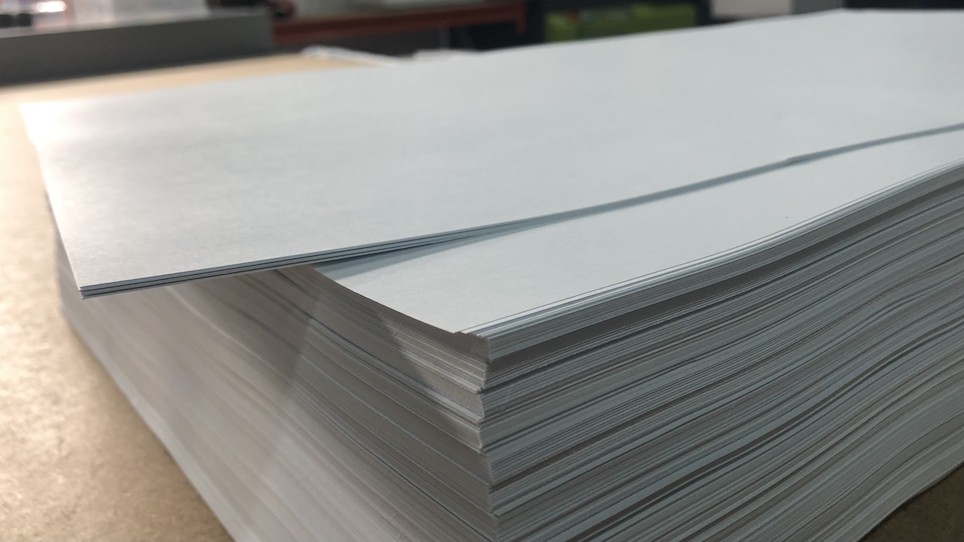
Cold peel is printed on clear film-type paper, which means you can see the design through the paper.
Unlike cold peel transfer paper, hot peel transfer paper is printed on standard looking paper. This means the design won’t show on the back. Cold peel however, is see-through and has a rough backing. With that said, cold peel transfers can also be produced on paper that LOOKS like standard paper, but it has the same properties the clear film sheets have.
Appearance and Texture
You’ll notice both types of transfers appear differently once pressed! The appearance is visible on the paper itself, so you’ll know exactly what type of transfer you’re using. Cold peel designs have a matte texture and have high attention to detail in every colour, exceeding the standard expectations of transfers. Hot peel designs have a glossiness to them, which give it a textured look – designs will result in intricate details much like cold peel, with a different texture.
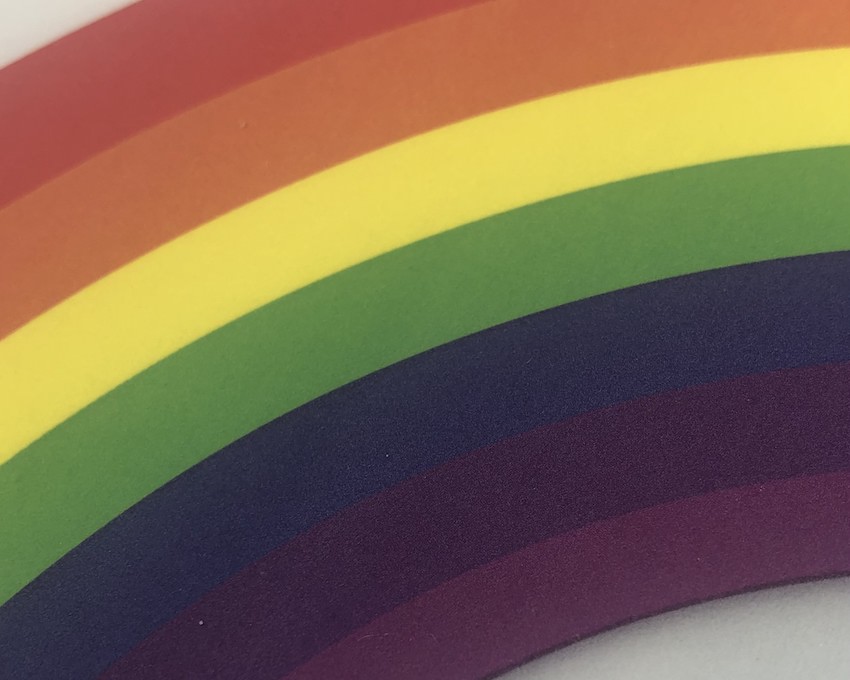
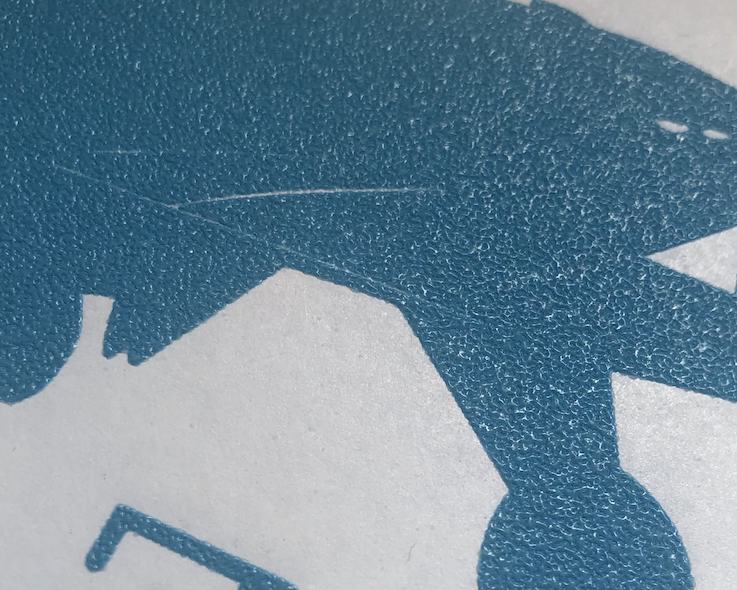
Need more help with heat transfers? check out our blog titled ‘Heat Transfers for Clothing Explained’!
How Do I Print the Transfers on T-Shirts?
Cold peel transfers and hot peel transfers are both heat pressed for 6 seconds. The temperature for cold peel transfers is lower than hot peel. Cold peel is transferred at a lower temperature of 140ºC to prevent the transfer from burning. Hot peel needs works at a higher temperature of 165ºC to allow the properties to merge onto the garment.
If you’re looking for someone else to do the ground work for you, that’s what we’re here for! Our lead time for cold peel transfers vs hot peel transfers is longer due to the intricate detail of our full colour digital transfers. Hot peel transfers are our most popular transfers and can be produced in 3 working days!
Removal of Transfer Paper
When you remove the garment from the heat press machine, you have to ensure you correctly peel transfer paper. Hot peel transfers are removed when the transfer paper is hot (not scalding, but more so warm to the touch). However, cold peel transfers are removed after a rest period (around 20-30 seconds). We tend to peel the transfer paper away from ourselves to have a good view of the result. It’ll be a lot easier than motioning your hand toward yourself!
Is Hot Peel Transfer Better Than Cold Peel Transfer?

This topic is subjective as both have their advantages and disadvantages when comparing them;. Cold peel and hot peel produce different finishes and have complex properties that make them stand out. In other words, it’s not a simple yes or no.
The cold peel works on clear film transfer paper but can also be printed on standard looking paper. It’ll still have the same properties as clear paper. On the other hand, when you use hot peel transfer paper, it’ll look like printer paper from afar. There are more options with cold peel – white or clear transfer paper. However, when you’re working with cold peel, you can see where you’re positioning your design!
To reiterate, hot peel transfers have a textured feel, whereas cold peel transfers have a smoother feel. However, cold peel has a matte finish while hot peel has a glossy finish. You see what we’re getting at? It’s a matter of personal preference. Both finishes are amazing and high in quality. Print them correctly, and you’ll have results that’ll last you through many washes.
Read our blog on ‘How to Wash Printed T-shirts: Aftercare Instructions‘!
Why Is It Important to Follow the Correct Heat Press Method?
Printing at the set temperature and time is vital to achieving lost-lasting effects with the garment’s texture and the transfer’s quality. If you misinterpret the instructions, it can result in scorching of the garment. The paper may also be left with burns.
For best results, work with 100% polyester (you can also use cotton). Once you’re familiar with heat pressing, you’ll find some materials don’t work the same.
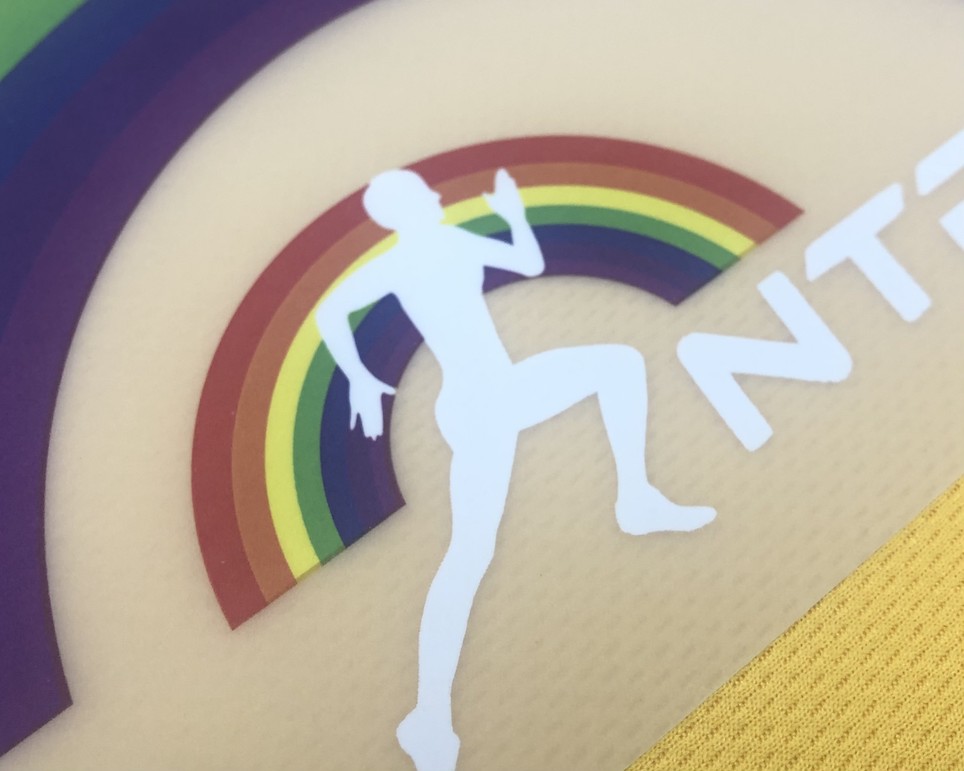
Want more information? Read How To Use a Heat Press Machine For T-shirt Printing: A Step-by-Step Guide
And that’s it for this blog! We hope this gives you confidence in working with cold peel or hot peel transfers (or both)! If you’d like to see cold peel and hot peel transfers in person, request a FREE sample pack. Give our sales team a call at 020 3617 8710 and discuss your heat transfers requirement. You can also fill in the form with your requirements and we will get back to you shortly.
